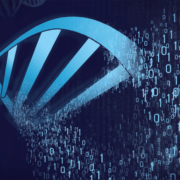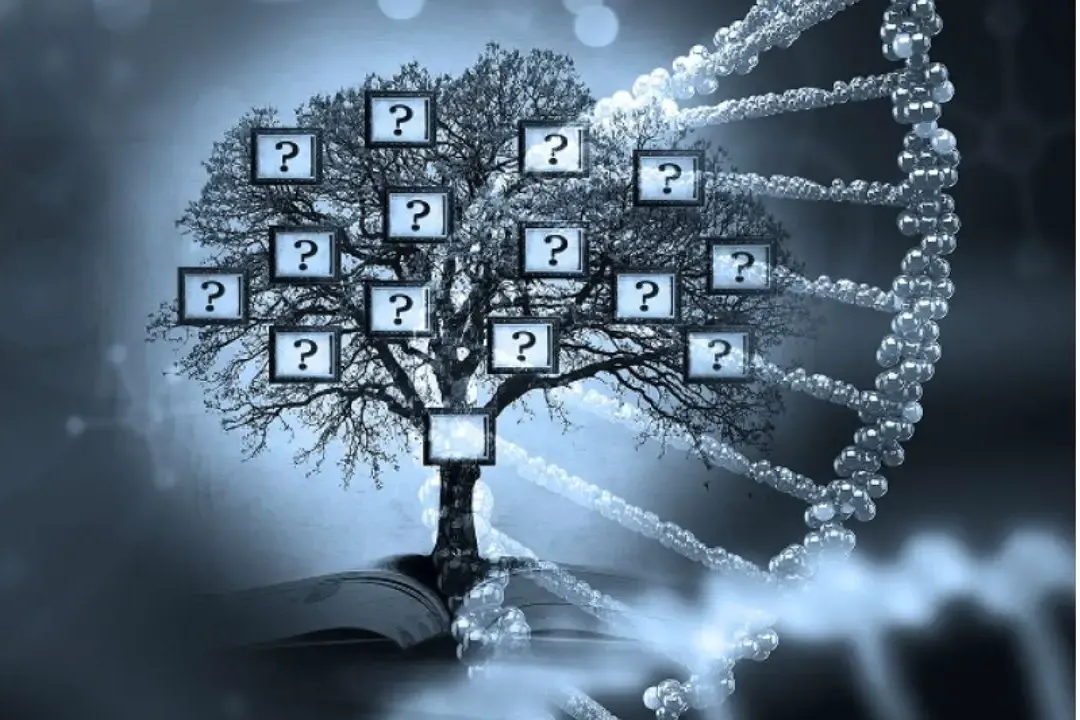A chromosome is a thread-like, rod-shaped structure found within the nucleus of a eukaryotic cell. Chromosomes are the primary carriers of genetic information in the form of genes, and they play a fundamental role in transmitting hereditary traits from one generation to the next.
Chromosomes: The Architects of Inheritance
Chromosomes are the unsung heroes of genetics, meticulously carrying the intricate instructions that shape our biological existence. These thread-like, rod-shaped structures reside within the nucleus of eukaryotic cells, safeguarding the key to our hereditary legacy. In this comprehensive exploration, we will unravel the mysteries of chromosomes, their structure, function, and their paramount role in the inheritance of traits across generations.
The Structural Blueprint:
The foundation of genetics, chromosomes are constructed from a complex interplay of DNADNA, or Deoxyribonucleic Acid, is the genetic material found in cells, composed of a double helix structure. It serves as the genetic blueprint for all living organisms. More and proteins. These rod-shaped entities consist of a long, continuous strand of DNA, along with histone proteins that aid in packaging and organization. The combination of DNA and proteins creates a structure that resembles a string of beads, with the DNA forming the string and histone proteins as the beads.
GenesGenes are DNA segments (or RNA in some viruses) that dictate cellular processes, traits, and hereditary information, promoting genetic diversity and evolution in living organisms. More: The Genetic Sentinels:
Genes are the regions of DNA that carry the instructions for synthesizing proteins and other molecules essential for an organism’s structure and function. Think of genes as the individual sentences in the book of life. Each chromosome harbors many genes, and their sequence determines the genetic code specific to an organism. This genetic code guides the formation of proteins, which, in turn, dictate the traits and characteristics of the organism.
The Role of Chromosomes in Heredity:
Chromosomes play a pivotal role in heredity, serving as the conduits through which genetic information is passed from one generation to the next. Every individual inherits half of their chromosomes from each parent. In humans, this equates to 23 chromosomes from the mother and 23 from the father, resulting in a total of 46 chromosomes in each cell. This diverse combination of chromosomes from two individuals gives rise to the remarkable genetic diversity in the human population.
During the formation of reproductive cells, a process known as meiosis, chromosomes segregate and recombine. This results in the shuffling of genetic material, ensuring that each offspring inherits a unique set of chromosomes. The genes these chromosomes carry determine an individual’s traits, from eye color to susceptibility to certain diseases.
Abnormalities and Disorders:
While chromosomes are the architects of genetic diversity, they are not immune to errors. Abnormalities in chromosome number or structure can lead to genetic disorders. For example, Down syndrome is caused by the presence of an extra copy of chromosome 21. Similarly, structural rearrangements, such as translocations or deletions, can lead to health issues.
Forensic and Medical Significance:
Chromosomes are of paramount importance in the fields of both forensics and medicine. In forensics, DNA profiling analyzes specific DNA regions found on chromosomes. This technique is instrumental in identifying individuals and solving crimes.
In medicine, chromosomal analysis is crucial for diagnosing genetic disorders, understanding the genetic basis of diseases, and assisting with reproductive and genetic counseling.
In conclusion, chromosomes are the carriers of our genetic legacy, orchestrating the inheritance of traits that make each of us unique. They are both the storytellers of our genetic past and the architects of our genetic future.
Key points about chromosomes include:
1. Genetic Information: Chromosomes are composed of deoxyribonucleic acid (DNA), which contains the genetic instructions necessary for the growth, development, and functioning of an organism. Genes, which are specific segments of DNA, are located on chromosomes.
2. Paired Structure: In most eukaryotic organisms, including humans, chromosomes are found in pairs. One chromosome in each pair is inherited from the mother, and the other is inherited from the father. These pairs are often referred to as homologous chromosomes.
3. Homologous Chromosomes: While homologous chromosomes carry genes for the same traits, they may have different versions of these genes, known as alleles. For example, one homologous chromosome may carry the gene for blue eyes, while the other may carry the gene for brown eyes.
4. Humans and Chromosomes: Humans typically have 46 chromosomes arranged in 23 pairs. Of these pairs, 22 are autosomes (non-sex chromosomes), and one pair is the sex chromosomes (X and Y), determining an individual’s sex.
5. DNA Packaging: Chromosomes serve as a way to efficiently package and organize the long DNA molecules within the nucleus of a cell. This packaging ensures that genetic material is correctly distributed during cell division.
6. Role in Cell Division: During cell division, chromosomes undergo various processes, including replication, segregation, and recombination, to ensure the accurate transmission of genetic information to daughter cells. Errors in these processes can lead to genetic mutations.
7. Karyotype: A karyotype is a visual arrangement or display of an individual’s chromosomes. It is often used in genetics and medicine to assess genetic disorders, identify chromosomal abnormalities, and determine an individual’s sex.
8. Genetic Disorders: Abnormalities in the number or structure of chromosomes can lead to genetic disorders. For example, Down syndrome is caused by an extra copy of chromosome 21.
9. Chromosome Number: The number of chromosomes varies among different species. For instance, fruit flies have four pairs of chromosomes, while some plants may have a wide range of chromosome numbers.
In summary, chromosomes are the essential carriers of genetic information in eukaryotic cells. They play a central role in heredity, cell division, and the organization of DNA. The study of chromosomes and their structure is critical in genetics, as it helps scientists understand the inheritance of traits and the role of genetics in various biological processes.






